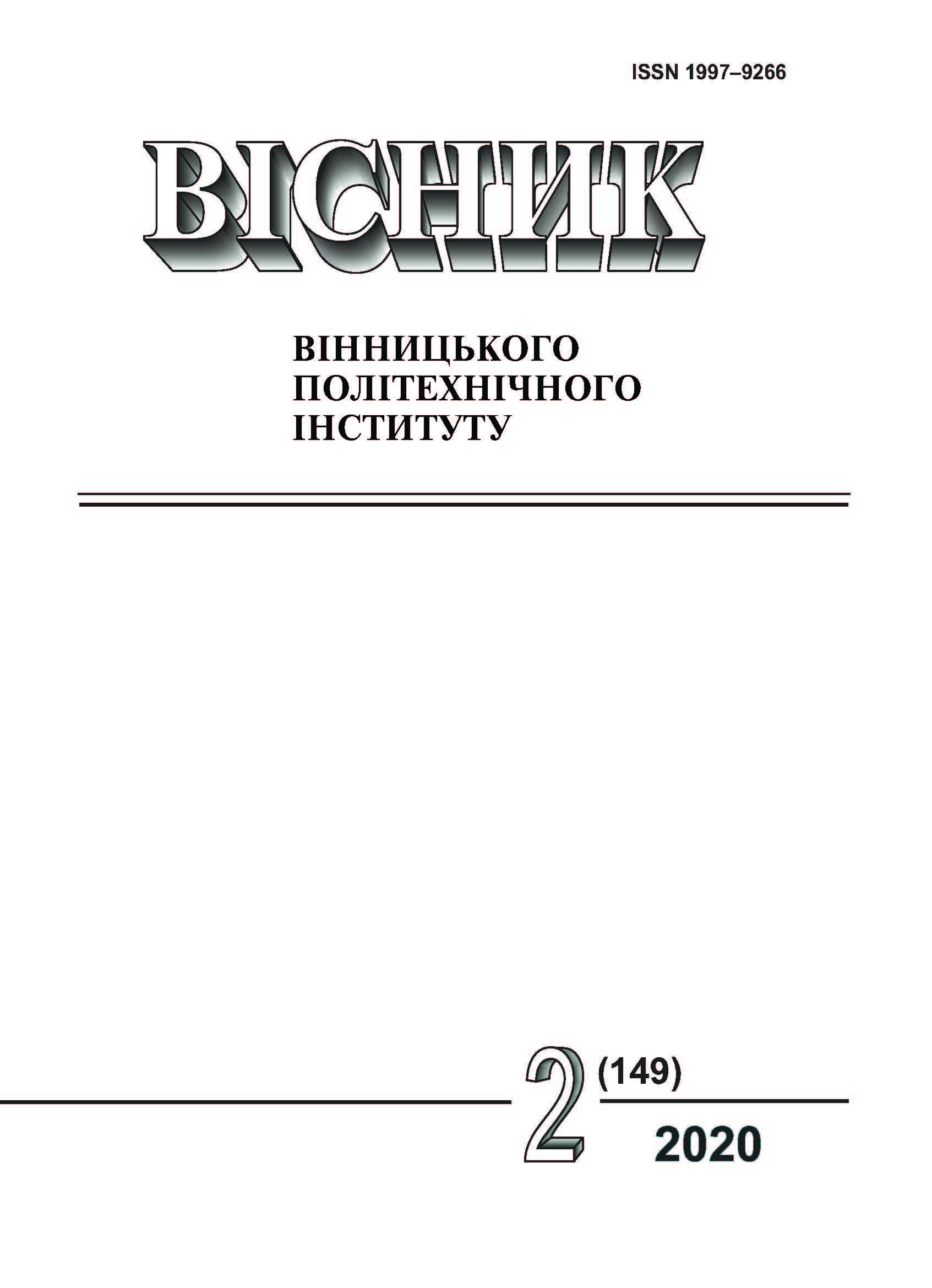Prognosis of Deformation of Boring Piles with Expansion with the Ground Basis after Method of Border Elements
DOI:
https://doi.org/10.31649/1997-9266-2020-149-2-14-19Keywords:
boring pile with expansion, tensely-deformed state (VAT), method of border elementsAbstract
Modern high-rise building, raised the issue of the need to consider in design calculations the complexity of ground conditions, their redistributive properties, characteristics of deformation of foundation structures and the need to consider the basis and foundation as a single system, although the components of this system are of different nature. The results of the monitoring sediment of buildings show significant discrepancies between their actual and estimated values. This is due to the conventional numerical schemes, to the neglect of the processes on the load of soil. The strength of the soil significantly depends on the trajectory of loading, the initial density, the ratio deviator and ball part of stress tensor, i.e. with the effects of dilatancy and contractancy. Therefore, the development and refinement of computational models of foundations of structures is relevant to the present day.
Today in the applied technical Sciences the process is not possible without switching to mathematical modeling. Dispersible soils tend to have effects of dilatancy — volume changes when you shift under load the solid particles of the soil move in the pore space, which inevitably leads to one of the temporary changes in the volume and shape. Therefore, for the calculation of the soil bases in addition to the theory of elasticity it is necessary to use plastic mathematical models. The main objective in the design is to minimize subsidence of the soil under the foundations, because this helps to reduce additional loads in the superstructure that must accept a number of permanent and temporary loads.
In the work on elastic-plastic dilatancy model and the numerical TE there has been predicted the behavior under load of boring pile, with L = 12 m, diameter d = 0,6 m and 1,6 m extension at the heel of the piles. Boring piles with the extension are commonly used in industrial and civil engineering, have a technical and economic perspective. Fifth pile Foundation takes 28…35 % of the load. The extension of the pile shaft in the heel area increases as the surface of the heel and the dimensions of the side surface, thereby increasing the bearing capacity of piles and reduce sediment.
References
Е. А. Сорочан, Фундаменты промышленных зданий. Москва: Стройиздат, 1986, 303 с.
К. Бреббия, Ж. Теллес, и К. Вроубел, Методы граничных элементов: пер. с англ. Москва: Мир, 1988, 523 с.
А. С. Моргун, Застосування МГЕ у розрахунках паль в пластичному середовищі ґрунту. Вінниця: Універсум-Вінниця, 2001, 64 с.
В. Н. Николаевский, Современные проблемы механики грунтов. Определяющие законы механики грунтов. Москва: Стройиздат, с. 210-227, 1975.
І. П. Бойко, В. О. Сахаров, «Напружено-деформований стан ґрунтового масиву при побудові нових фундаментів поблизу існуючих будинків,» Основи і фундаменти, міжвідомчий наук.-техн. зб. Київ, Україна: КНУБА, с. 3-10, 2004.
А. С. Моргун, О. І. Доскоч, І. І. Шевченко, «Прогнозування за числовим МГЕ поведінки під навантаженням буронабивних паль з розширенням,» тези доповіді на Всеукраїнській науково-практичній Інтернет конференції студентів, аспірантів та молодих науковців «Молодь в науці: дослідження, проблеми, перспективи». ВНТУ. 2020. 2 с. [Електронний ресурс]. Режим доступу: https://ir.lib.vntu.edu.ua/bitstream/handle/123456789/28842/8709.pdf?sequence=3&isAllowed=y .
Downloads
-
PDF (Українська)
Downloads: 233
Published
How to Cite
Issue
Section
License
Authors who publish with this journal agree to the following terms:
- Authors retain copyright and grant the journal right of first publication.
- Authors are able to enter into separate, additional contractual arrangements for the non-exclusive distribution of the journal's published version of the work (e.g., post it to an institutional repository or publish it in a book), with an acknowledgment of its initial publication in this journal.
- Authors are permitted and encouraged to post their work online (e.g., in institutional repositories or on their website) prior to and during the submission process, as it can lead to productive exchanges, as well as earlier and greater citation of published work (See The Effect of Open Access).





